About Ujung water Palace Bali
East of Bali, Indonesia, is home to the stunning historical site known as Ujung Water Palace. The Karangasem monarch, I Gusti Bagus Jelantik, erected it in the first decade of the 20th century as both his residence and a venue for entertaining guests.
The palace is renowned for its breathtaking architecture and lovely grounds, which combine Balinese and European design elements. With three sizable pools, several fountains, and a plethora of pavilions and bridges, it is perched on a hill overlooking the sea.
In addition to its incredible natural beauty, Ujung Water Palace is significant historically and culturally. After suffering significant damage during World War II, it underwent extensive restoration in the 1980s. Today, it is a well-liked vacation spot and a significant piece of Bali’s cultural legacy.
History timeline of Ujung water Palace Bali
Here is a timeline of the history of Ujung Water Palace:
- 1909: The construction of the palace was started by the king of Karangasem, I Gusti Bagus Jelantik, who chose the site on a hill overlooking the sea in eastern Bali.
- 1912: The construction of the palace was temporarily halted due to funding issues.
- 1919: Construction of the palace resumed under the reign of the last king of Karangasem, Anak Agung Anglurah Ketut Karangasem. The palace was designed by the Dutch architect van Den Hentz, who combined Balinese and European architectural styles in the palace’s construction.
- 1921: The construction of the palace was completed, and it served as a royal palace and a place to entertain guests. It was given the name “Taman Ujung Sukasada” which translates to “the garden of complete happiness”.
- 1945: During World War II, the palace was heavily damaged by Allied bombings.
- 1950s-1970s: The palace was abandoned and fell into disrepair.
- 1980s: The Indonesian government began a major restoration project to repair the damage and bring the palace back to its former glory.
- 2000s: The palace became a popular tourist attraction, and it is now open to the public for visits.
Activities in Ujung water Palace Bali
There are several activities that visitors can enjoy when visiting Ujung Water Palace in Bali:
- Exploring the Gardens: The palace’s gardens are beautifully landscaped and feature a wide variety of tropical plants and trees. Visitors can stroll along the walkways and bridges, enjoying the scenery and taking in the breathtaking views of the water and surrounding area.
- Photography: Ujung Water Palace is a popular spot for photography, with its stunning architecture, gardens, and views providing many great opportunities for pictures.
- Relaxation: The palace’s tranquil atmosphere and beautiful surroundings make it a great place to relax and unwind. Visitors can find a quiet spot to sit and enjoy the scenery, or simply take a leisurely walk through the gardens.
- Cultural Performances: Ujung Water Palace occasionally hosts cultural performances, including traditional Balinese dance and music shows. These events offer visitors a chance to experience Balinese culture and tradition firsthand.
- Weddings and Events: Ujung Water Palace’s beautiful setting and historic architecture make it a popular venue for weddings and other events. Many couples choose to get married at the palace, while others host parties and other celebrations there.
- Swimming: While swimming is not allowed in the main ponds, there is a smaller pool located at the eastern end of the gardens that visitors can use to cool off on a hot day.
- Feeding Fishes in Ujung Palace: One can feed fishes in Ujung Palace pond. There is a point where fish feed is kept in exchange of 10,000 donation.
Overall, Ujung Water Palace is a great place to visit for those looking for a peaceful and beautiful spot in Bali to relax and enjoy the scenery.
List of places near Ujung water Palace Bali
There are several interesting places to visit near Ujung Water Palace in Bali, including:
- Tirta Gangga: A beautiful water palace located about 15 kilometers northwest of Ujung Water Palace. It features several pools, fountains, and statues set amid lush gardens.
- Amed Beach: A picturesque fishing village located about 25 kilometers northeast of Ujung Water Palace. It features black sand beaches and some of the best diving and snorkeling spots in Bali.
- Besakih Temple: The largest and most important temple in Bali, located about 40 kilometers northwest of Ujung Water Palace. It is known as the “mother temple” of Bali and is an important pilgrimage site for Balinese Hindus.
- Tenganan Village: A traditional Balinese village located about 15 kilometers east of Ujung Water Palace. It is known for its unique culture and customs, including weaving and basket-making.
- Candidasa Beach: A small coastal town located about 12 kilometers south of Ujung Water Palace. It offers a range of activities, including swimming, snorkeling, and diving, as well as several restaurants and shops.
- Goa Lawah Temple: A temple located about 25 kilometers southwest of Ujung Water Palace. It is known for its bat cave and is believed to be one of the six holiest temples in Bali.






















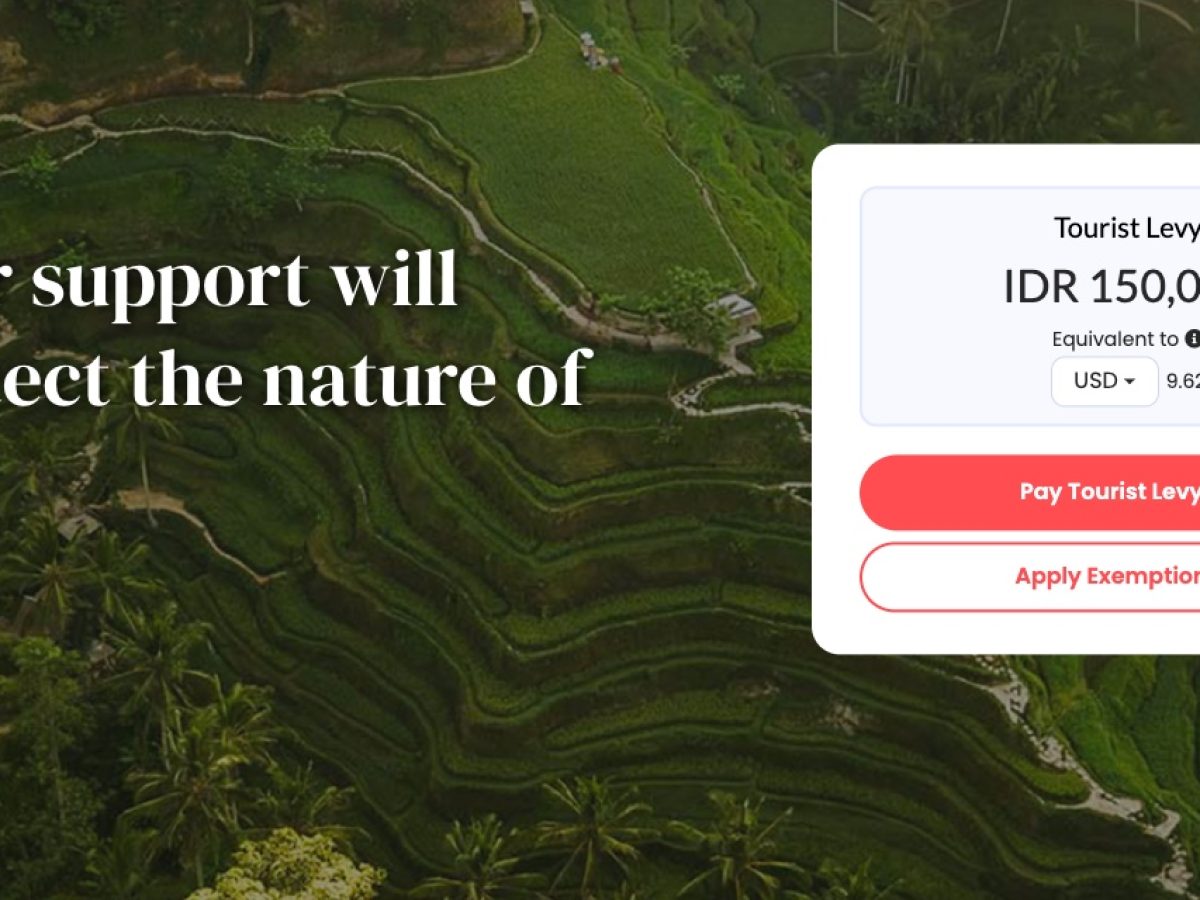





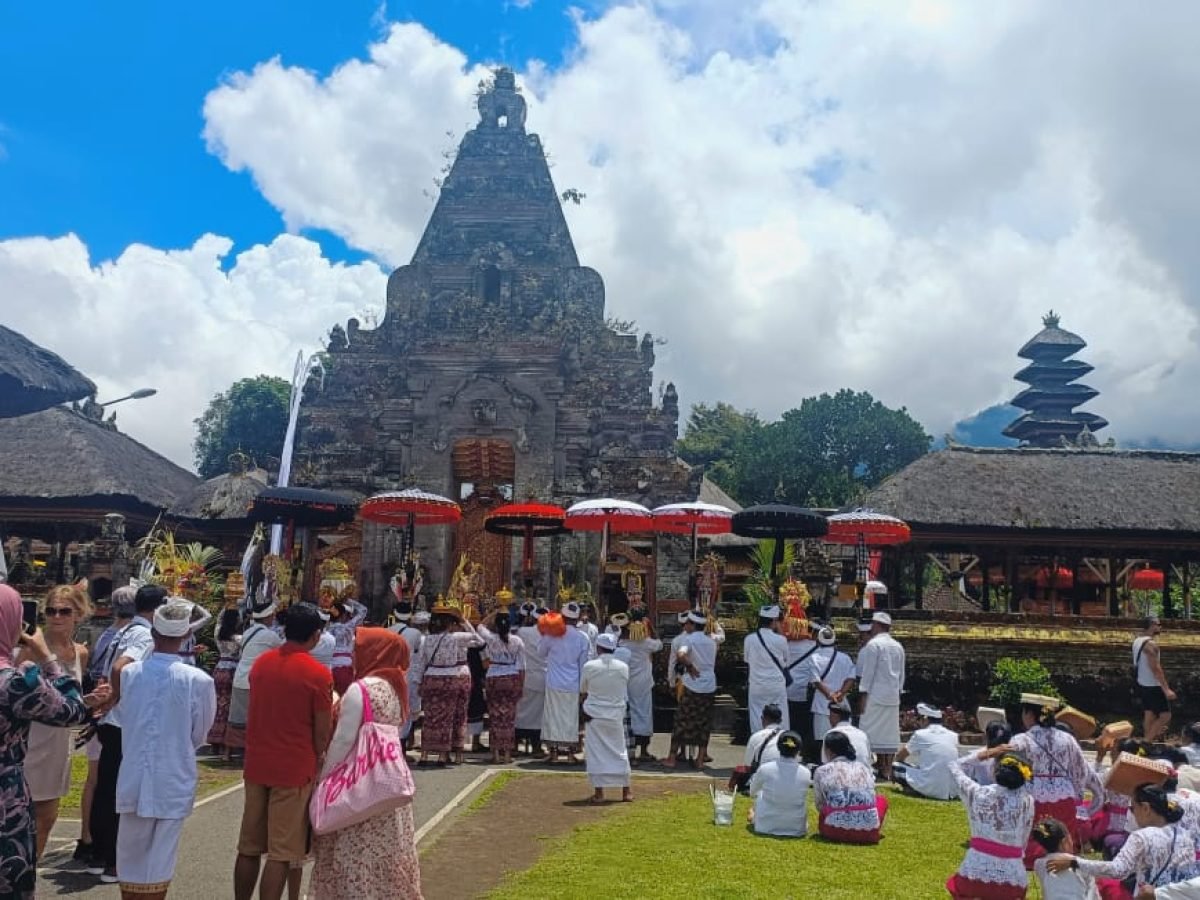
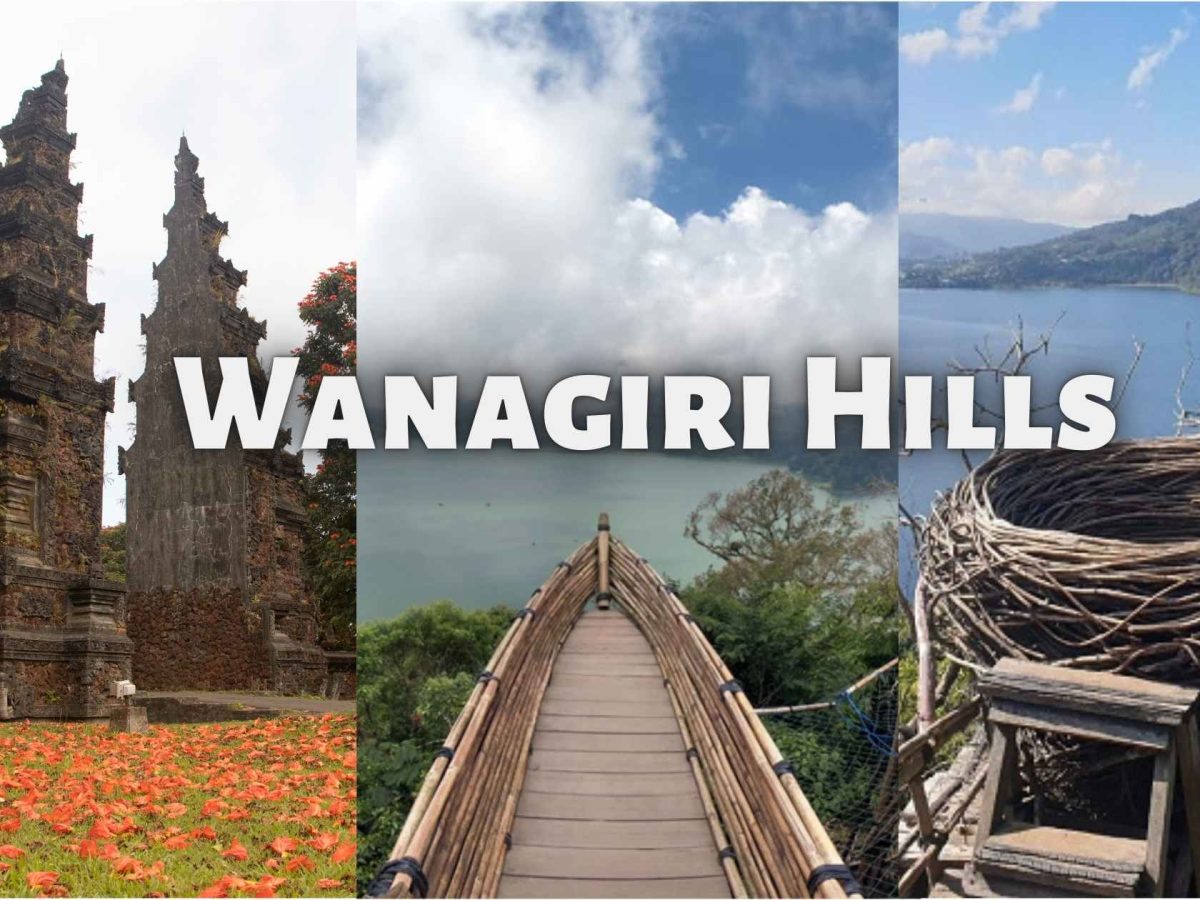
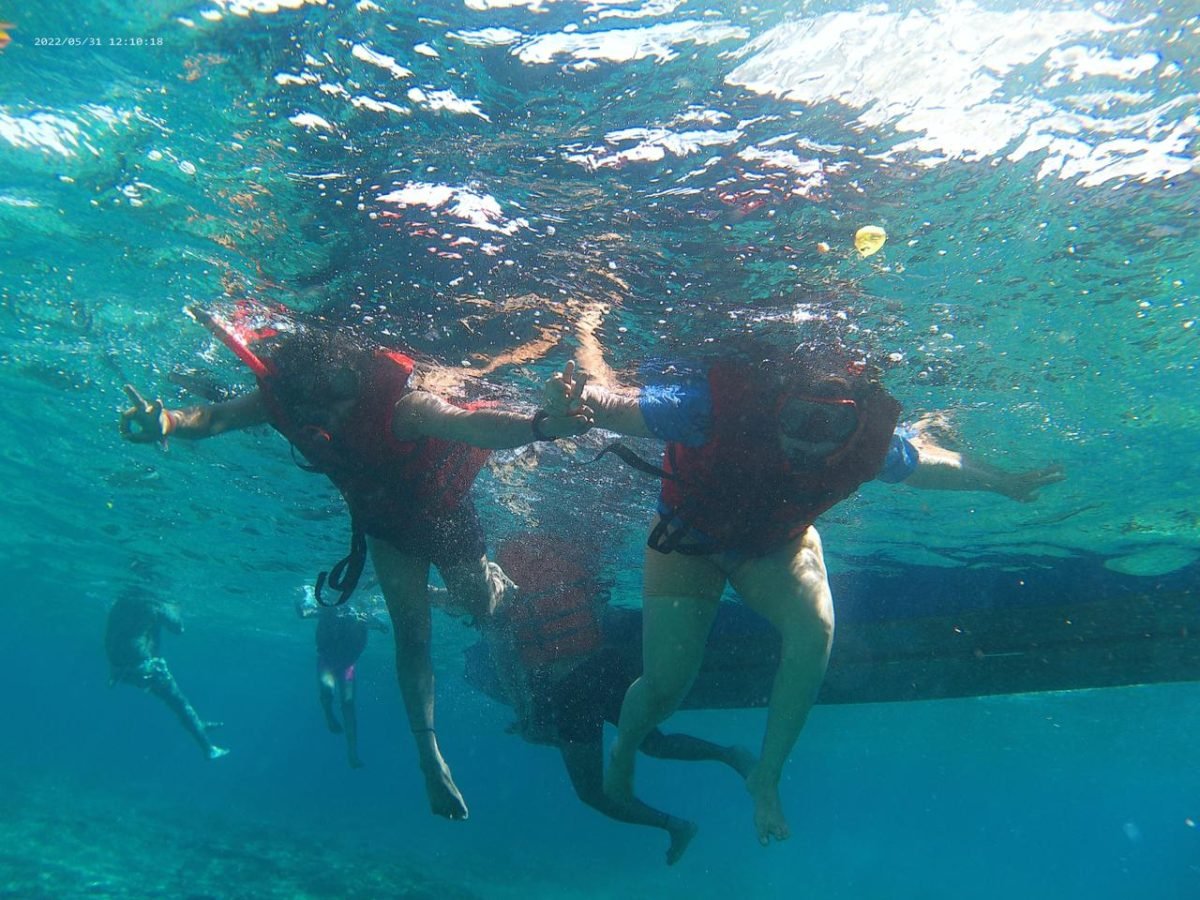
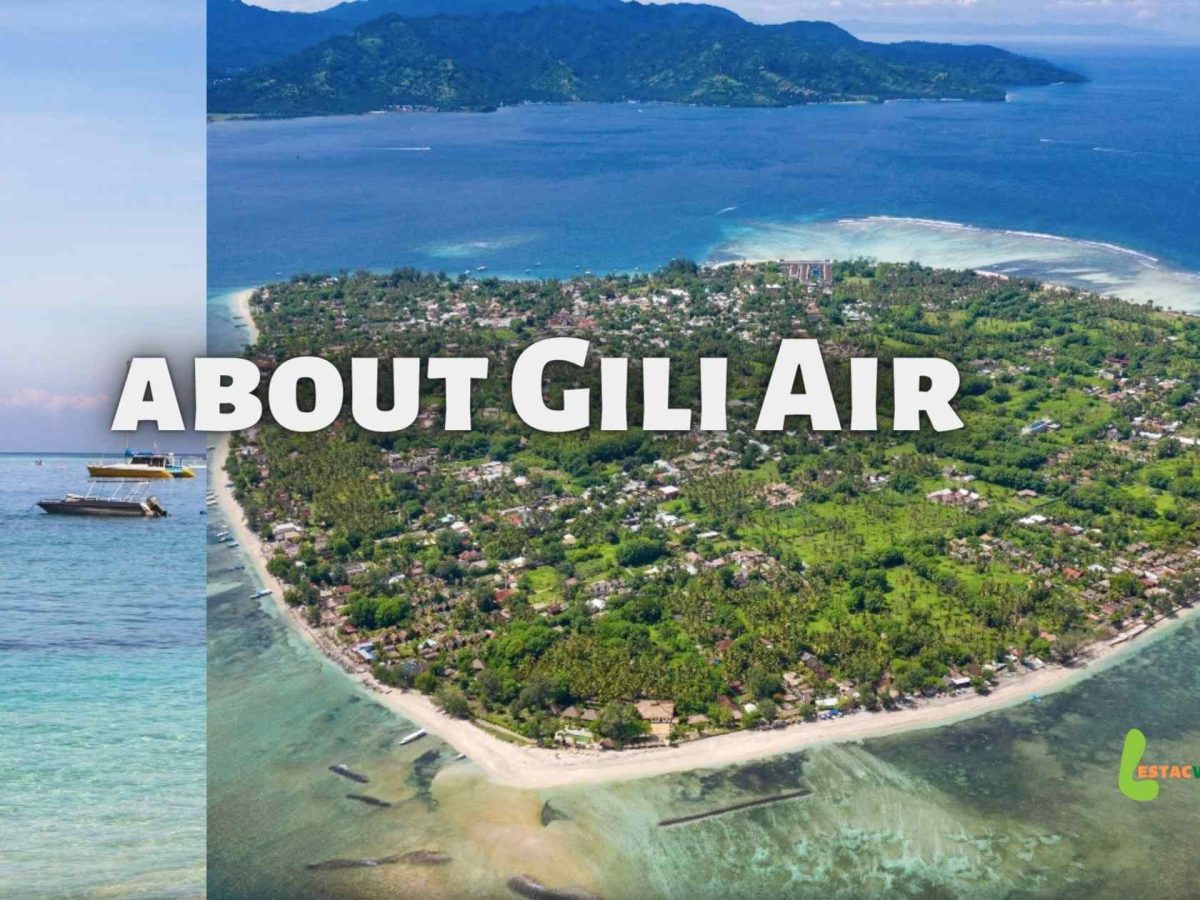
Comment (0)